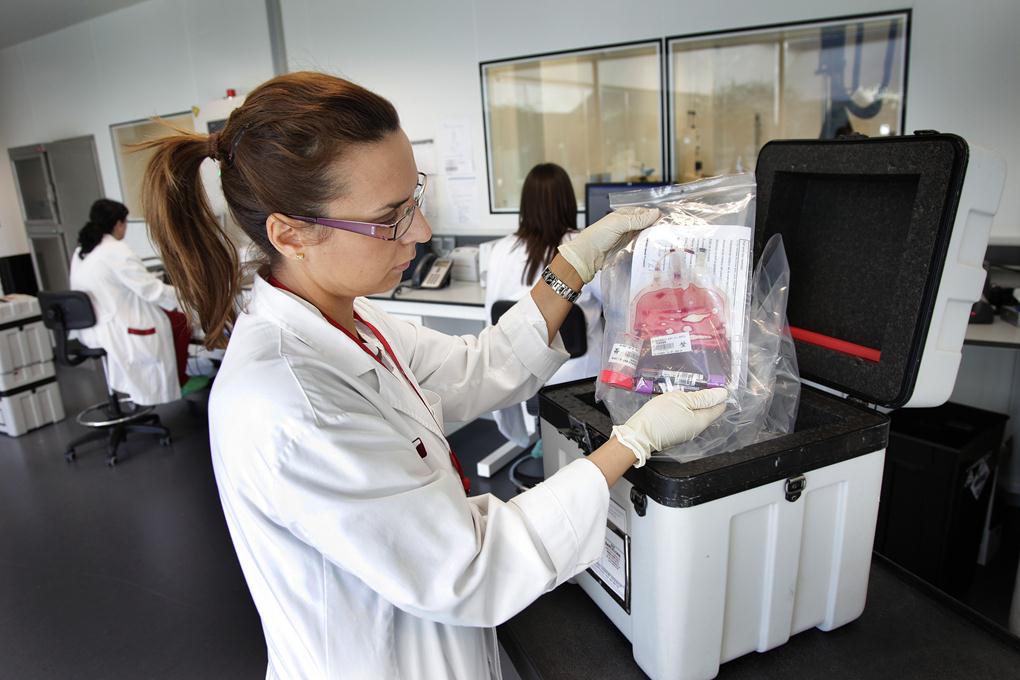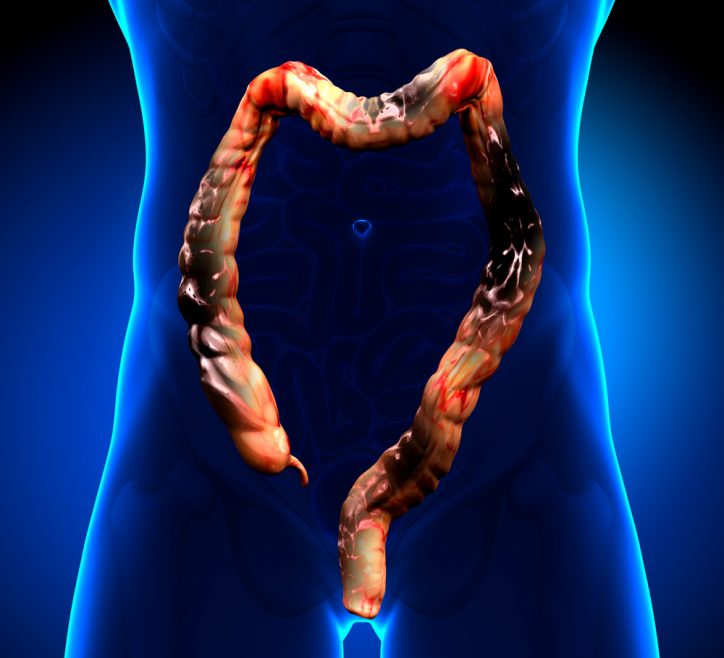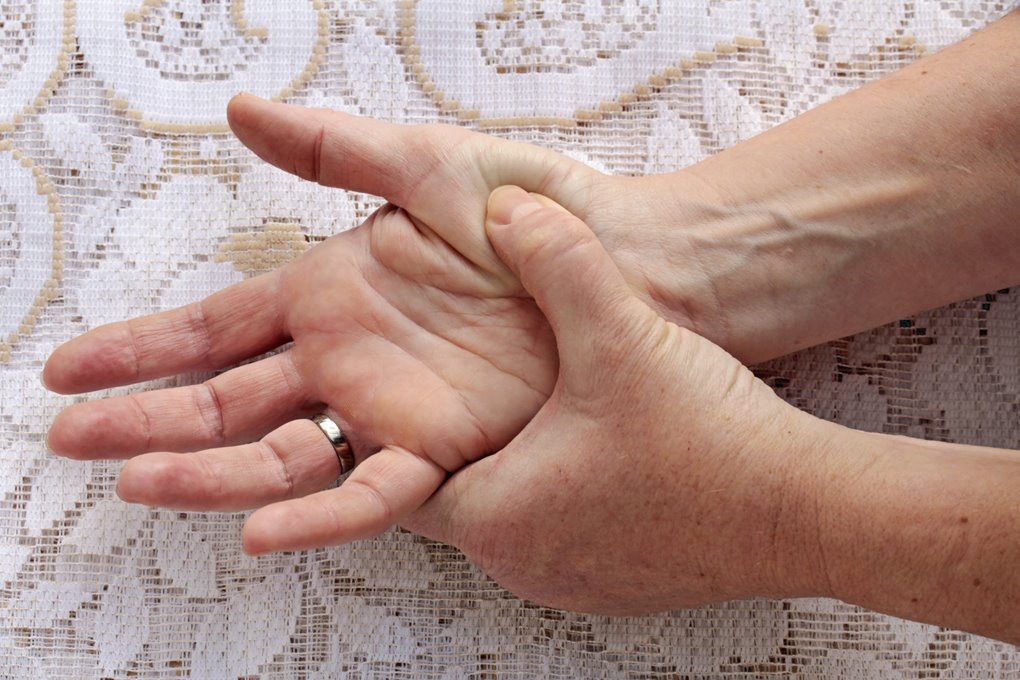Arthritis refers to joint inflammation. You might have encountered some stiffness in your joints, maybe some pain or shortcoming, or in serious cases even some weakness, swelling and inflammation. These side effects can frequently be credited to some type of arthritis, as there are more than 100 related conditions. Osteoarthritis is the most widely recognized type of this infection. Let’s focus on Osteoarthritis and what you need to know.
Osteoarthritis, rheumatoid arthritis, and gout are the three most normal types of the condition.
Osteoarthritis (OA) is thought to be brought about by the steady wear on the body’s joints. It tends to mostly affect the weight bearing joints. These include the knees, lower legs, hands, arms, and hips. For the most part, it goes undetected until later stages when a great part of the joint ligament is unfortunately now eroded or damaged.
Rheumatoid Arthritis (RA) is distinctive in that the body’s own framework actually ‘attacks’ the joint tissue. Our joints are lubricated but when this lubrication wears away, joints tend to rub off each other causing wear and tear, or arthritis. Side effects include aggravation, pain, stiffness, and a disfiguring of the joints. It starts in the hands, wrists and feet, and can advance to the shoulders, elbows and hips.
Gout is identifiable by the abnormal state of pain affecting a single joint. For the most part, it happens in the big toe, with side effects that include exceptional pain, swelling, solidness, and a hot feeling. As opposed to mainstream thinking, arthritis influences all age ranges. It’s more common in those over 45, and on account of OA, 3/4 of the cases happen in women.
While there are no cures for arthritis, there are various approaches to deal with the pain which can minimize numerous symptoms of the condition. Case in point, changes in diet, increased physical activity, and over-the-counter solutions can all diminish pain and increase movement. Other than these, there are various physician recommended drugs which can be used to deal with the condition also:
-
NSAIDS (Non-Steroidal Anti-Inflammatory Drugs)
In higher measurements, NSAIDS are successful at lessening aggravation, which is the reason they’re generally used as a part of the treatment of intense or incessant conditions with pain and irritation.
-
DMARDS (Disease-Modifying Medications)
DMARDS are rheumatic medications used as an early treatment to reduce the advancement of rheumatoid arthritis, ankylosing spondylitis, and psoriatic arthritis. They aren’t intended to alleviate pain or to control irritation.
Our understanding of the reason for arthritis is still in its earliest stages. We do realize that damage, joint wear, and abnormal skeletal variations can induce the condition. Also, we’re mindful of different reasons, for example, diet, poor blood flow, and genetics. Be that as it may, so far experts have been unable to pinpoint a particular cause. If you are living with joint pain you should speak to a specialist who will point you in the direction of the medication or treatment most suitable to your case.
Sourced from: DUGOUT
Photo: Thinkstock/nandyphotos




